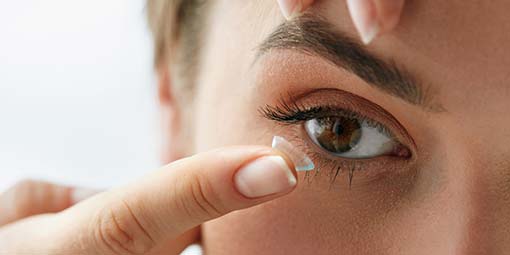The Difference Between A Contact Lens And Eyeglass Prescription
20-06-2023
Eyeglass vs. Contact Lens Prescription
When it comes to correcting vision, individuals have the option of choosing between eyeglasses and contact lenses. While both serve the same purpose, there are significant differences between the two in terms of prescription requirements and considerations. In this article, we will explore the differences between a contact lens prescription and an eyeglass prescription, highlighting why an eyeglass prescription cannot be used to purchase contact lenses, the necessity of a contact lens eye exam and fitting by an optometrist, and the validity period of a contact lens prescription.The Basics Of An Eyeglass Prescription
An eyeglass prescription, also known as a spectacle prescription, is a written document provided by an optometrist or ophthalmologist. It specifies the lenses needed to correct a person's vision based on the results of a comprehensive eye examination. Eyeglass prescriptions are primarily designed for lenses that are placed within a frame and worn on the face.Components Of An Eyeglass Prescription
An eyeglass prescription consists of several key elements that help determine the lens power needed for optimal vision correction. These components include:- The sphere measurement indicates the lens power required to correct common refractive errors, such as nearsightedness (myopia) or farsightedness (hyperopia). It is denoted with a plus sign (+) for farsightedness and a minus sign (-) for nearsightedness.
- The cylinder measurement is used to correct astigmatism, a condition that results in blurred vision due to an irregularly shaped cornea. It is accompanied by an axis value, which indicates the orientation of the astigmatism.
- The axis value is provided when there is astigmatism present and indicates the direction of the cylindrical lens required for proper vision correction.
- The addition measurement is usually mentioned for individuals who require correction for presbyopia, an age-related condition affecting near vision. It indicates the additional power needed for reading or other close-up activities.
Additional Considerations Of A Contact Lens Prescription
A contact lens prescription is specifically tailored for contact lenses, which are directly placed on the surface of the eye to correct vision. Unlike eyeglasses, contact lenses require additional measurements and considerations due to their proximity to the eye and their direct interaction with the cornea.Components of a Contact Lens Prescription
In addition to the elements found in an eyeglass prescription, a contact lens prescription includes specific measurements and information related to the fit and suitability of the contact lenses. These components may vary slightly depending on the type of contact lenses prescribed, such as soft lenses, rigid gas permeable (RGP) lenses, or specialty lenses. However, the core components of a contact lens prescription typically include:- The base curve measurement determines the curvature of the contact lens. It ensures that the lens fits the shape of the cornea properly, promoting comfort and optimal vision correction. Base curve values usually range from 8.0 to 10.0 millimeters (mm), with smaller numbers indicating steeper curves and larger numbers indicating flatter curves.
- The diameter measurement represents the size of the contact lens. It ensures that the lens covers the cornea adequately while allowing for proper oxygen flow and tear exchange. Diameter values typically range from 13.0 to 15.0 mm.
- The contact lens prescription specifies the brand and material of the prescribed lenses. Different contact lens brands offer various materials, designs, and features, allowing for customization based on the individual's needs and preferences.
- A crucial difference between a contact lens prescription and an eyeglass prescription is the expiration date. Contact lens prescriptions are generally valid for one year from the date of the eye exam. Regular eye examinations are necessary to monitor eye health, evaluate the suitability of the lenses, and make any necessary adjustments to the prescription.
The Importance of a Contact Lens Eye Exam and Fitting
Obtaining a contact lens prescription requires a comprehensive eye examination and a fitting by an optometrist. This specialized examination evaluates the overall health of your eyes, determines your visual needs, and ensures that contact lenses are a safe and suitable option for you. During the contact lens fitting, the optometrist will take additional measurements to determine the appropriate lens parameters for your eyes. They will assess factors such as corneal shape, tear film stability, and eye health to ensure a proper fit and minimize the risk of complications or discomfort. The fitting process may involve trial lenses, where different options are tested to determine the best fit and vision correction. Following the fitting, the optometrist will provide specific instructions on how to properly insert, remove, clean, and care for the contact lenses. They will also schedule follow-up visits to monitor your eye health and make any necessary adjustments to the prescription or lens parameters.Safety and Eye Health Considerations
Contact lenses require proper care and hygiene to maintain eye health and prevent complications. Unlike eyeglasses, contact lenses come into direct contact with the surface of the eye, which increases the risk of infections, corneal abrasions, and other issues if not handled and maintained correctly. It is essential to adhere to the prescribed wearing schedule, follow optometrist instructions for cleaning and disinfecting the lenses, and replace them as recommended. Regular eye exams are also essential, as they allow the optometrist to monitor your eye health, evaluate the effectiveness of the contact lenses, and address any concerns or changes in your vision.There are significant differences between a contact lens prescription and an eyeglass prescription. An eyeglass prescription is specifically designed for lenses that are placed within a frame, while a contact lens prescription requires additional measurements and considerations for a proper fit, vision correction, and eye health.
Schedule an eye exam or contact lens eye exam and fitting with our Edmonton optometrists today!
Schedule An Appointment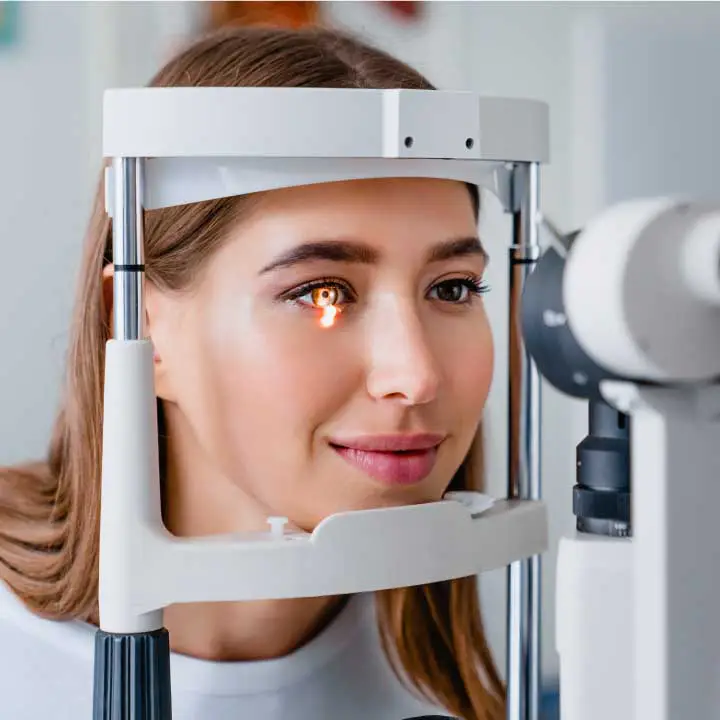
Adult Eye Exams
Our advanced eye exams consist of 25+ modern tests and digital scans to assess eye health, function, and visual acuity.

Child Eye Exams
Give your child a clear future with an annual eye exam from our experienced Edmonton optometrists.

Senior Eye Exams
Maintain your vision through your golden years with gold standard eye care from the optometrists at our Edmonton eye clinic.
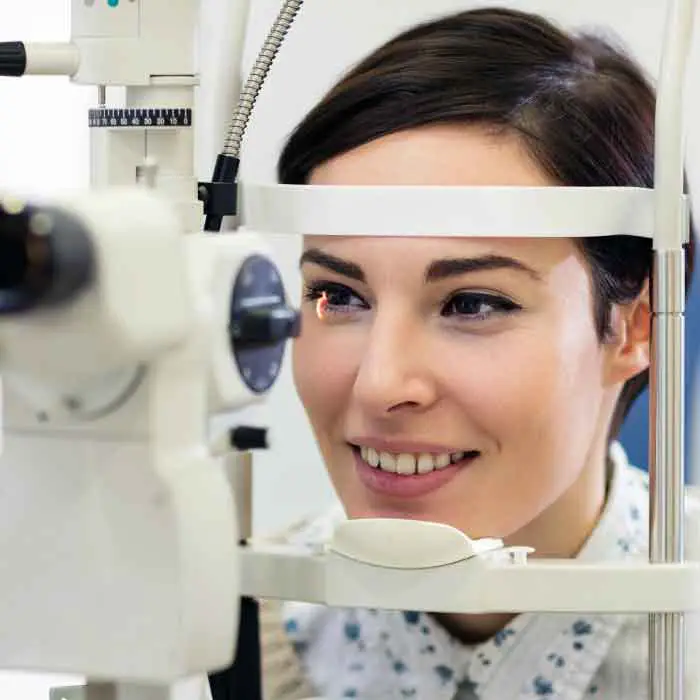
Contact Lens Eye Exams
Our eye exams for contact lens wearers include test and digital scans to assess eye health, function, visual acuity, and lens fit.
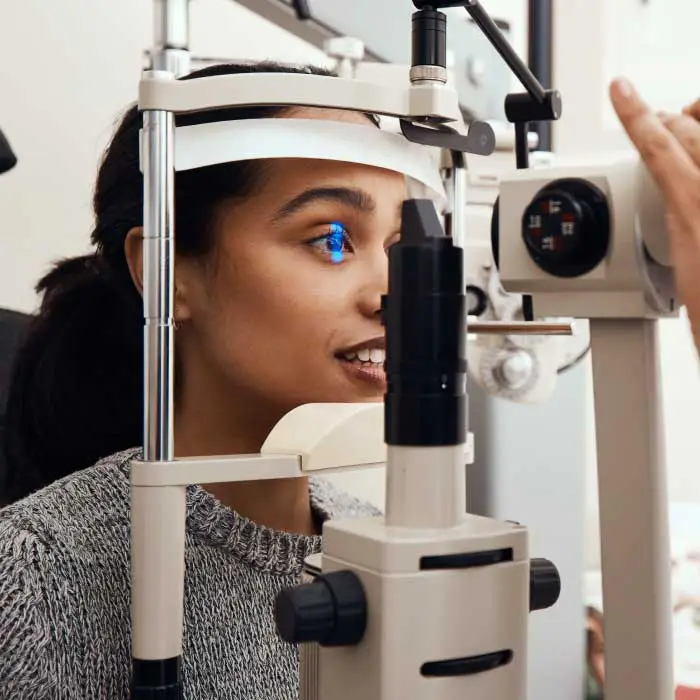
Diabetic Eye Exams
Managing diabetes requires regular eye exams to ensure that diabetes is not causing irreversible vision loss.
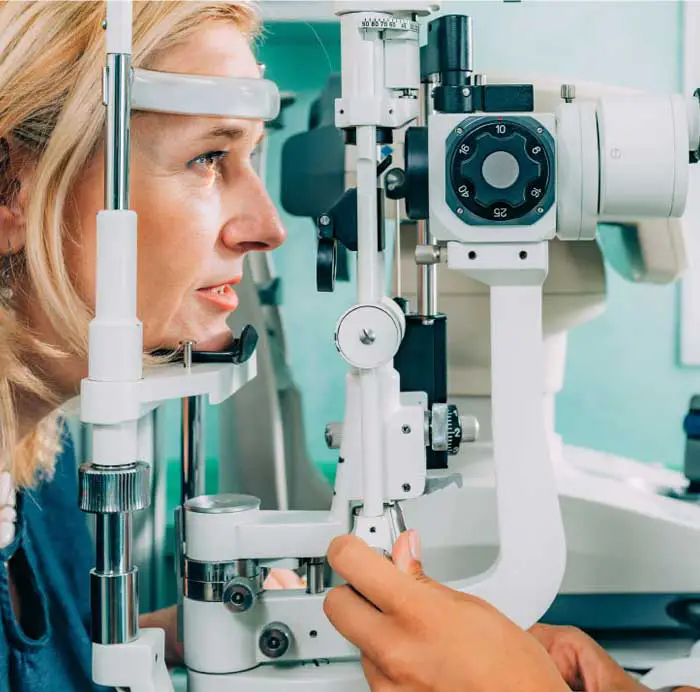
Dilated Eye Exams
Dilating the eyes enables our Edmonton optometrists to see more of the eye so that you many never see less.
Our Edmonton Eye Exams Are Comprised Of 4 Phases Of Evaluation
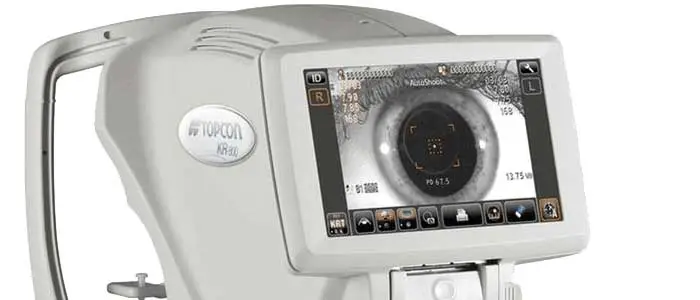
1. Eye Exam Pre-Testing
Corneal Thickness | Intraocular Pressures | Visual Field
Pre-testing is a detailed process that gathers all necessary information for the optometrist in advance of the optometrist-administered eye examination. This process involves completing a detailed patient history, as well as a series of standard tests. Pre-testing is an essential part of the comprehensive eye exam process, providing valuable information and visuals for both the optometrist and the patient.
More About Pre-Testing »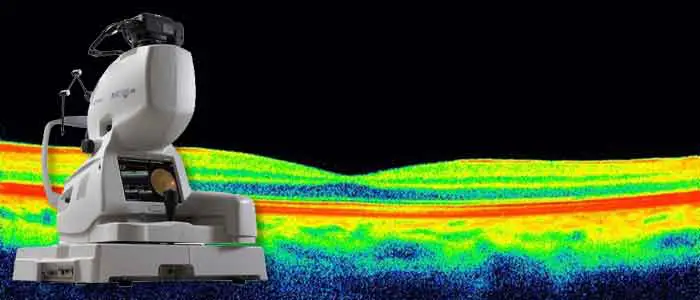
2. Advanced Diagnostic Testing
Retinal Photography, OCT, Topography
eye-deology Vision Care differentiates itself from other clinics by having the most advanced modern diagnostic specialty testing equipment. Specialty equipment, such as a wide-angle high-resolution retinal imager, Optical Coherence Tomography (OCT), Humphrey Visual Field Analyzer and corneal topographer, ensures that patients receive the best comprehensive eye care.
More About Advanced Testing »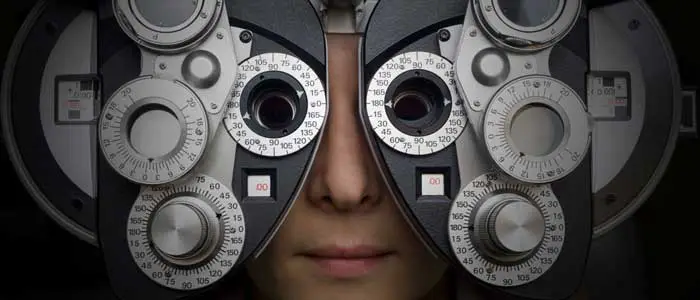
3. Optometrist Examination
Health Assessment & Disease Diagnosis
eye-deology Vision Care Edmonton optometrists perform a multitude of tests and assessments to evaluate ocular health, eye coordination, and visual acuity. In addition, they also evaluate the results of the tests and scans performed during pre-testing. As part of patient education, our optometrists also take the time to show and explain results to patients.
More About Doctor Exam »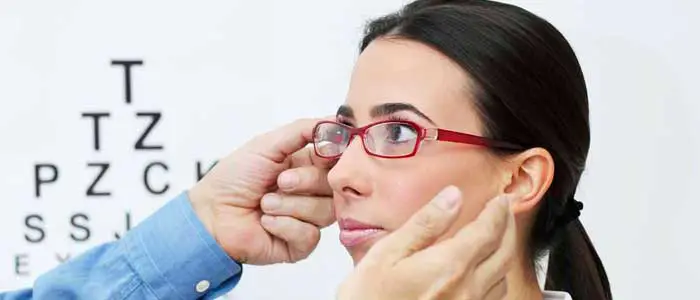
4. Eye Glass Consult
Prescription | Lens Selection | Digital Fitting
If you require corrective lenses to improve your vision, our licensed opticians will customize their fit to your unique attributes, needs, lifestyle, and budget. Our opticians are happy to provide you with information about the latest eyeglass frame and lens technologies available so you can make informed decisions and begin seeing and looking your best.
More About Eyewear Consult »